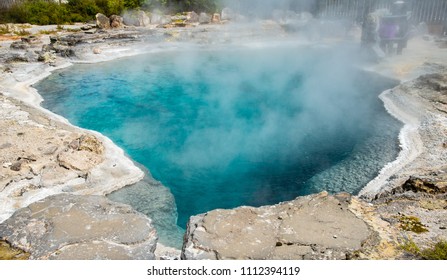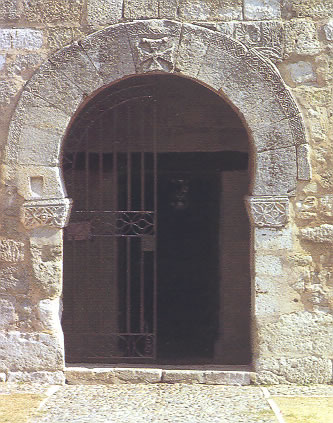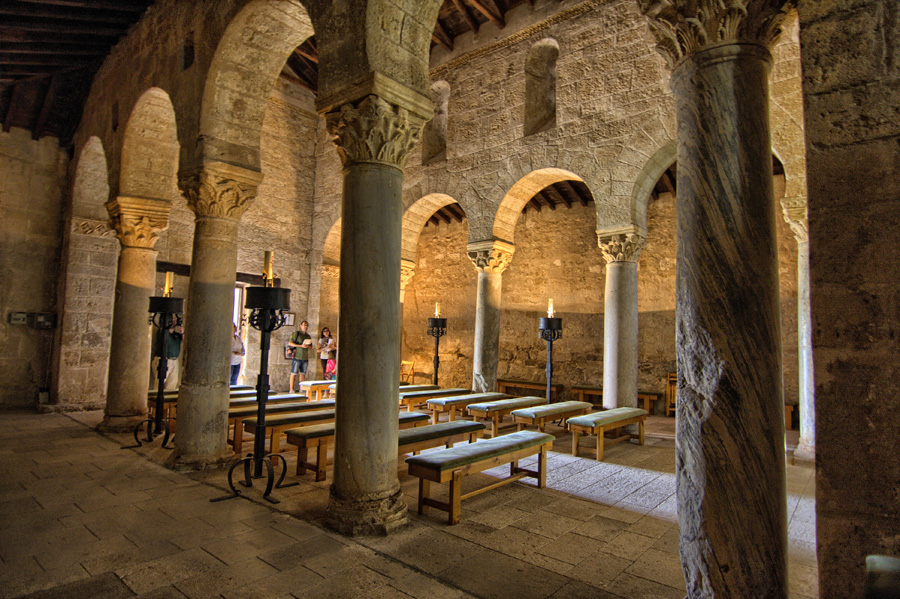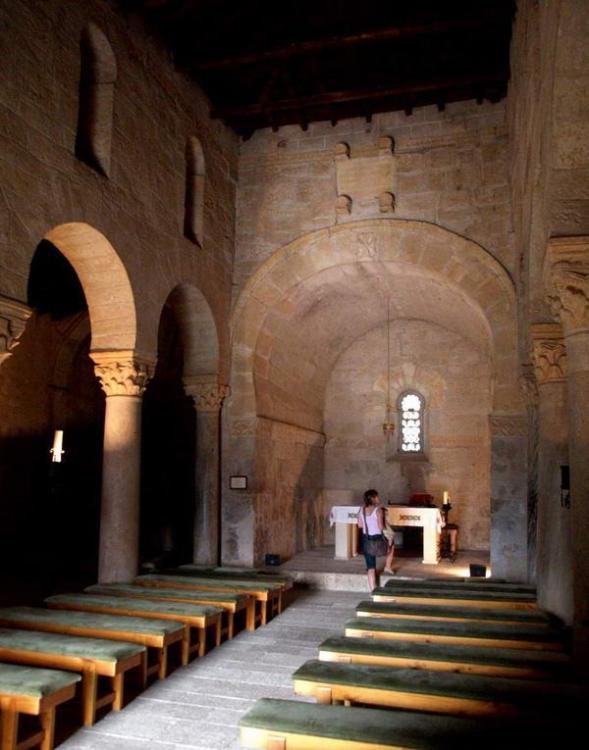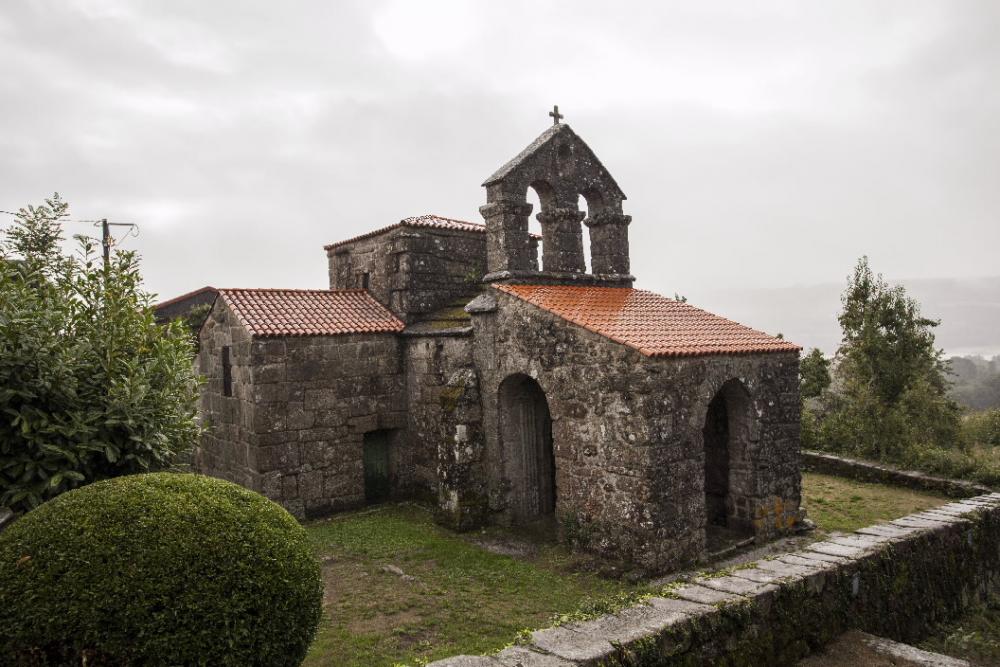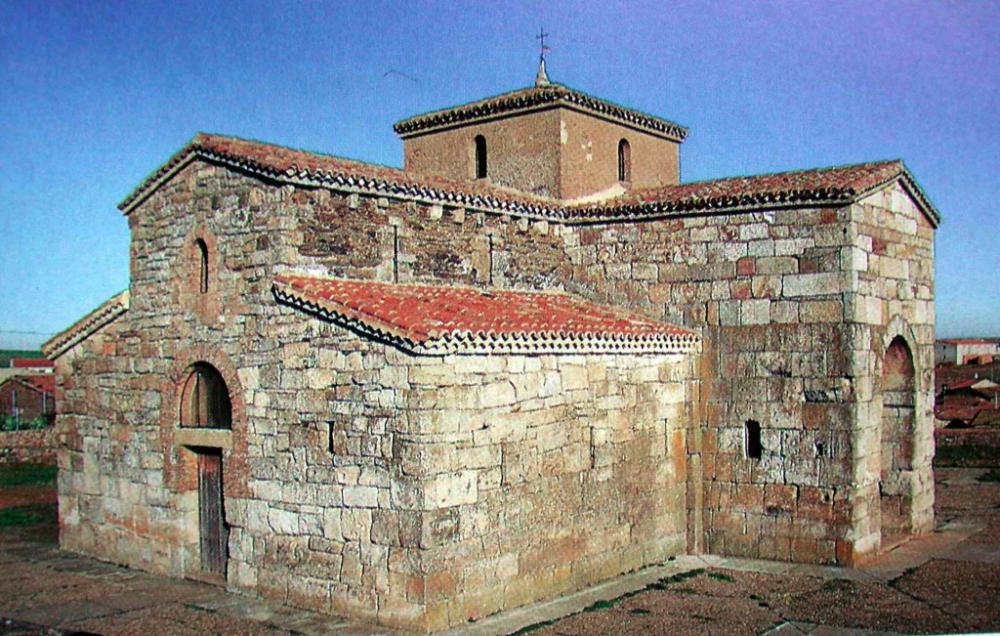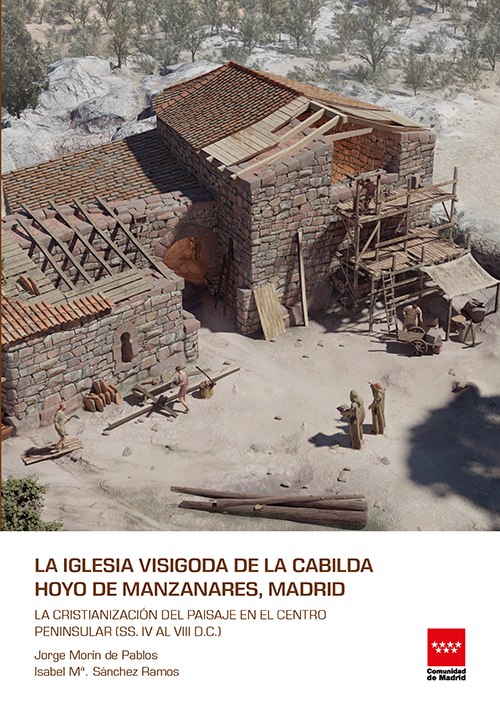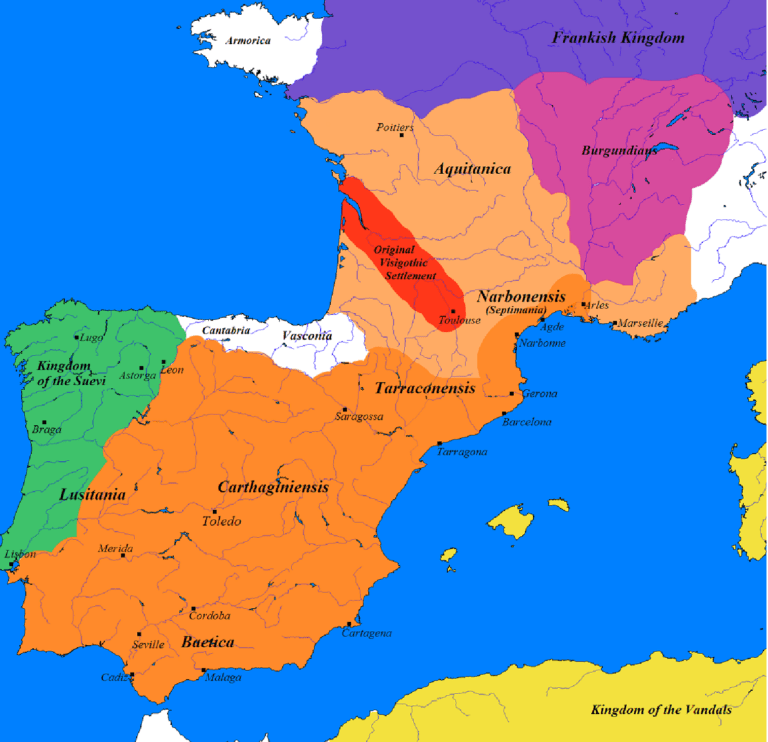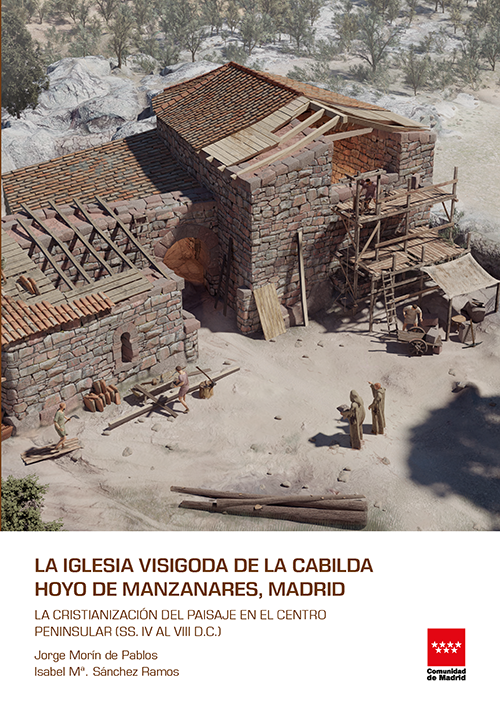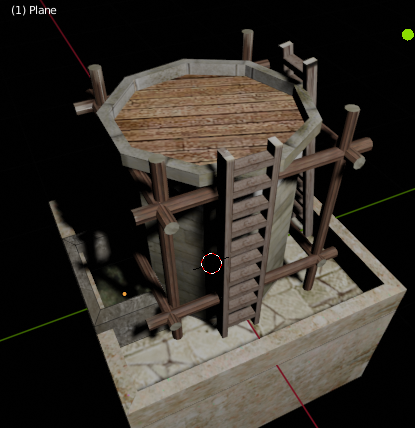-
Posts
25.684 -
Joined
-
Days Won
300
Everything posted by Lion.Kanzen
-
I was thinking that later( when some mechanic are implemented) you could build water supplies over a spring. This way there would be no need to have a river in the desert.
-
Yes, it has to be from certain technologies. I've also thought about bonuses and even sharing military units. But if this is more focused on data collection, like the Alexandria library, where they copied books from the ships that arrived at the port. Not all of the technologies in the game will be included.
-
https://en.m.wikipedia.org/wiki/Visigothic_art_and_architecture However, their style developed over the next centuries, though the prime remaining examples of it are mostly rural and often run-down. Some of the characteristics of their architecture are: Generally basilican in layout, sometimes a Greek cross plan or, more rarely, a combination of the two. The spaces are highly compartmentalised. Horseshoe arches without keystones. A rectangular, exterior apse. Use of columns and pillars with Corinthian capitals of unique design. Barrel vaults with cupolas at the crosses. Frequent use of marble as material.[1] Walls of ashlar blocks, occasionally alternating with Roman brickwork. Decoration commonly of animal or plant motifs
-
Keep in mind that corrals now give you trickle of food, if you garrison animals inside. There would be more strategies to rush and defend the farming area.
-
These are ideas to make 0 A.D more unique and fun. One of them is to have a large universe of Certain technologies should be traded or even stolen. I think of a technology tree Where philosophy and religion can traded, I mean interchange of ideas. Ideas as Aristotelism or concept like a government system can be copied traded. Ideas like Hellenism, Dualism, astronomy, trigonometry can pass from one fraction to another. It's the most exotic idea I've ever had. I have thought for several years that cultural exchange generates knowledge and many times trade brought those ideas from a nation to another. I have thought of temples, markets, theatres and libraries as places where technologies from a neighbouring fraction appear randomly, or simply for the matter of trading. In certain buildings certain ideas, i.e. technologies, will appear. But not from the beginning, there would have to be diplomatic and trade relations. The other idea would be to destroy any building that contains such technology...
-
Horseshoe arch: As its name indicates, it is an arch in the shape of a horseshoe and is particularly associated with Islamic architecture, however it was in Spain and North Africa that horseshoe arches developed their characteristic form. The horseshoe arch is also known as Moorish arch and/or Keyhole arch.
-
https://en.m.wikipedia.org/wiki/Visigothic_art_and_architecture Art and Architecture. The Visigoths included some of the nomadic tribes of East Germanic peoples known as the Goths, who were divided into two main groups: the Visigoths and the Ostrogoths, and together played a key role in the fall of the Western Roman Empire and consequently in the emergence of Medieval Europe. The Visigoths derived from earlier Gothic groups who had invaded the Roman Empire around 376 and that later defeated the Romans at the Battle of Adrianople in 378. Under Alaric I, the Visigoths invaded Italy and sacked Rome in 410. After the sack of Rome, the Visigoths began to settle down, first in southern Gaul and later in Spain and Portugal, where they founded the Kingdom of the Visigoths. https://arsartisticadventureofmankind.wordpress.com/2015/06/28/pre-romanesque-visigothic-art/ From the 5th to 8th centuries the Visigothic Kingdom occupied what is now southwestern France and the Iberian Peninsula. It was originally created when the Roman government granted the settlement of Visigoth peoples under the rule of King Wallia in the province of Aquitaine in southwest France and from there they extended by conquest over all of the Iberian Peninsula. The Visigothic Kingdom was independent from the Eastern Roman or Byzantine Empire, which unsuccessfully attempted in several occasions to re-establish Roman authority in Iberia. By 507, the Visigothic rule in Gaul ended due to the victory of the Frank forces under Clovis I during the Battle of Vouillé. After that, the Visigoth kingdom was limited only to Hispania. By 589, under their king Reccared I the Visigoths of Hispania converted to Christianity and gradually adopted the culture of their Hispano-Roman population. When there were no more legal distinctions between Romani and Gothi, they all became known collectively as Hispani. During their rule over the Kingdom of Hispania, the Visigoths built several churches that survive to this day. Horseshoe (herradura) arcs.
-
It is within what is now Spain and Portugal that the Visigoths created the polity for which they are best remembered. During their governance of Hispania, the Visigoths built several churches that survived and left many artifacts, items which have been discovered in increasing numbers by archaeologists in recent years. The Treasure of Guarrazar of votive crowns and crosses are the most spectacular among the finds thus far. In or around 589, the Visigoths under Reccared I converted from Arian Christianity to Nicene Christianity, gradually adopting the culture of their Hispano-Roman subjects.[4] Their legal code, the Visigothic Code (completed in 654), abolished the longstanding practice of applying different laws for Hispano-Roman population and Visigoths. Once legal distinctions were no longer being made between Romani and Gothi, they became known collectively as Hispani. In the century that followed, the region was dominated by the Councils of Toledo and the episcopacy. In 711, an invading force of Arabs and Berbers defeated the Visigoths during the Battle of Guadalete. The Visigoth king, Roderic, and many members of the Visigothic governing elite were killed and their kingdom rapidly collapsed.[5] This was followed by the subsequent formation of the Kingdom of Asturias in northern Spain and the beginning of the Reconquista by Christian troops under Pelagius
-
https://es.m.wikipedia.org/wiki/Arte_románico Románico o Romanesque in English.
-
-
.thumb.png.ce58cea22940c255f5b0a735d5abee36.png)
Age of Mythology: Retold
Lion.Kanzen replied to borg-'s topic in Introductions & Off-Topic Discussion
The animation is good, that of the peltasts but 0AD did better with slingers, The hit effects( by flamming javelins) are interesting, it gives off a glow/flash when hitting its target. The cape animation looks good. -
.thumb.png.ce58cea22940c255f5b0a735d5abee36.png)
Others RTS - Discuss / Analysis
Lion.Kanzen replied to Lion.Kanzen's topic in Introductions & Off-Topic Discussion
-
But you support the idea. This opens the possibility that they will consider it, especially if it is not difficult to implement.
-
I was thinking of making it with several designs. There are several references to this in the topic. But since no one wanted to support the idea, it did not continue. Especially since I'm not a programmer.
-
I think I did that faucet thing. This is an early version. I'm going to look for the final version. The ladder made with hexagonal planks you say?
-
.thumb.png.ce58cea22940c255f5b0a735d5abee36.png)
Why is the 0 A.D community so small?
Lion.Kanzen replied to Doctor Moist's topic in General Discussion
What about GoG? -
-
Here is.
-
Yes an aura and territory. Let me find the post.
-
Short with edite/custom sounds.
-
https://www.youtube.com/live/LvgT7q1MeSs?si=SqzbHxgpW1HwQyYJ
-
.thumb.png.ce58cea22940c255f5b0a735d5abee36.png)
Why is the 0 A.D community so small?
Lion.Kanzen replied to Doctor Moist's topic in General Discussion
Really ? And you never said it. I guess we need to look for more places.


.jpeg.2d45daec492298d42ea37d1f9f6d445e.jpeg)
.jpeg.97d464986cf9fbd59f7f22c443155f45.jpeg)
